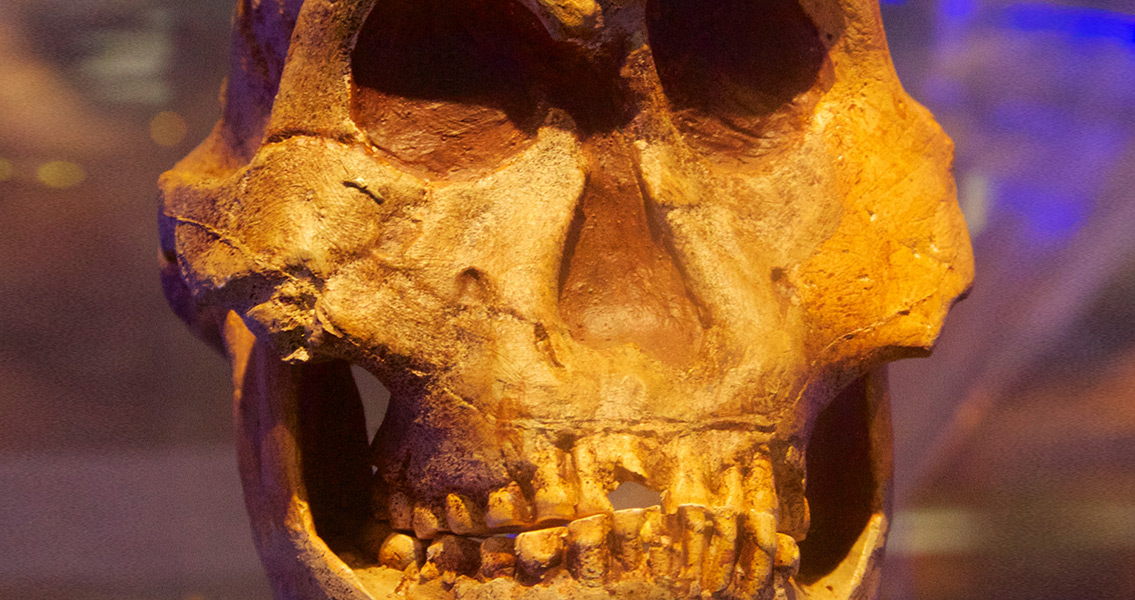<![CDATA[New findings reveal that the evolution process can result in physical traits that, although meeting the functional need they were developed to address, aren’t always the best solution. In other words, like with so many things, when it comes to evolution - sometimes good enough is good enough. The study, co-authored by Peter Ungar, an anthropologist with the University of Arkansas, and Leslea Hlusko, with the University of California Berkeley, indicates that the evolutionary process will achieve the functional solutions that require the fewest genetic mutations, even if they are suboptimal. In materials provided by the university, Ungar states, "We need to look at things in a new way and take into account the evolutionary path of least resistance." The "path of least resistance" is known in physics as a heuristic; a method of problem solving or learning that uses a technique which isn’t guaranteed, or even expected, to be perfect, but is sufficient for the immediate situation. "Paleontologists typically reconstruct past behavior by assuming that function follows form," Ungar is quoted in the aforementioned materials as saying, "We need to look at things in a different way and consider the number of genetic steps it takes to get from one anatomy to another. There can be more than one function for a given form and different forms can serve the same function." By analyzing the teeth from two of our human ancestors, Paranthropus boisei (from eastern Africa) and Paranthropus robustus (southern Africa), who lived between 4.2 and 1.3 million year ago, researchers discovered that the dental anatomy traditionally associated with the early hominins who ate a hard food diet was also being used by others to eat a primarily plant-based diet. Even with different diets, they had similar teeth and anatomies, characterized by big, flat teeth covered in thick enamel, and faces and jaws which indicate the presence of strong muscles for chewing. These characteristics are commonly thought to have been adapted for smashing hard foods. However, by analyzing the microwear and isotope values of the teeth, Ungar’s team was able to conclude the two creatures actually had markedly different diets. P. robustus subsisted on a diet of plant foods and only occasionally consumed foods like roots or nuts, while P. boisei consumed softer, tougher and even more abrasive foods such as grasses. Tellingly, neither diet consisted of the hard, crunchy food indicated by the facial structure and large muscles both of the early humans possessed. More crested molars (like gorillas have) would prove more efficient in ripping fibrous plant material, but flattened molars (like we have) with a thicker layer of enamel, are what advanced genetically. This simpler tooth architecture proved more adaptable for a number of challenging diets throughout time, so although it isn’t the optimal solution, it’s the one that continued on as our species developed. These findings have been published in Science. Image courtesy of Wikimedia Commons user: Mike Peel]]>
Evidence that Evolution Follows Path of Least Resistance
